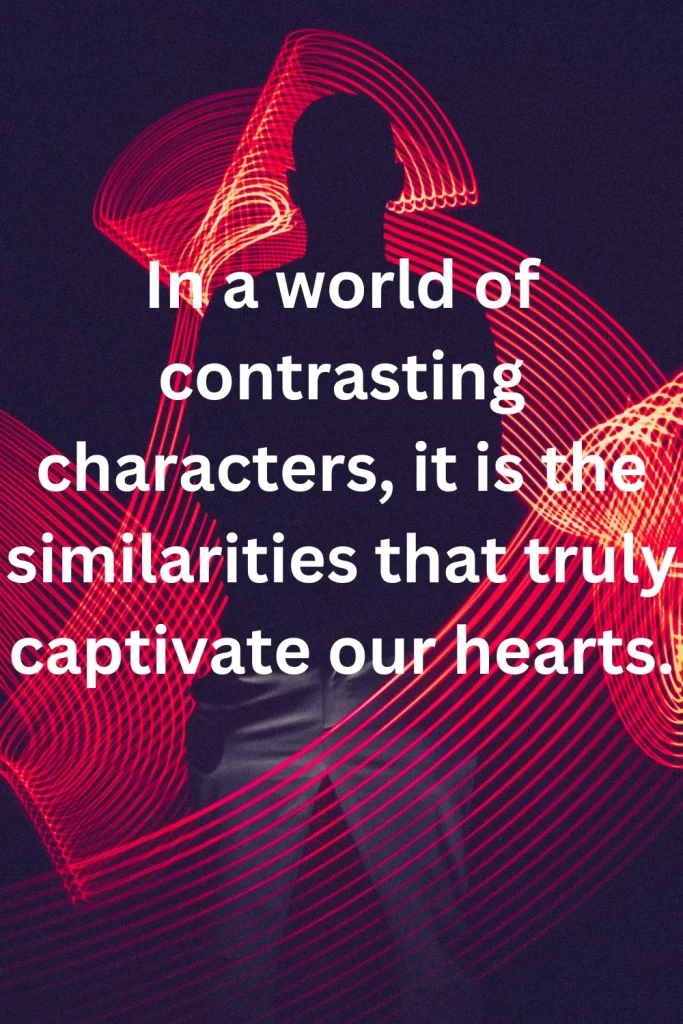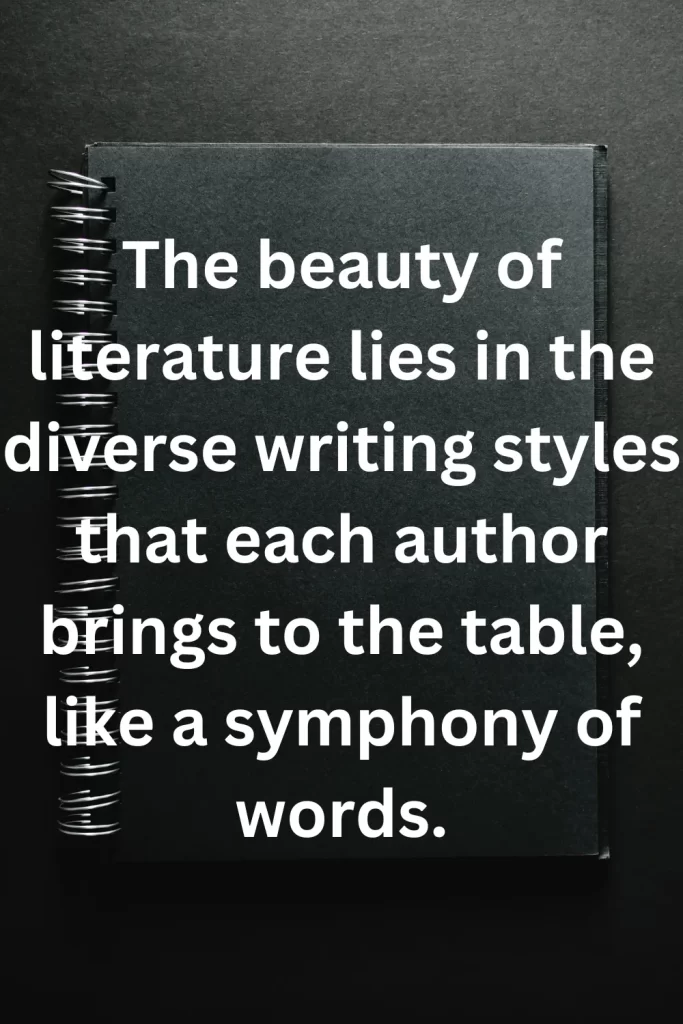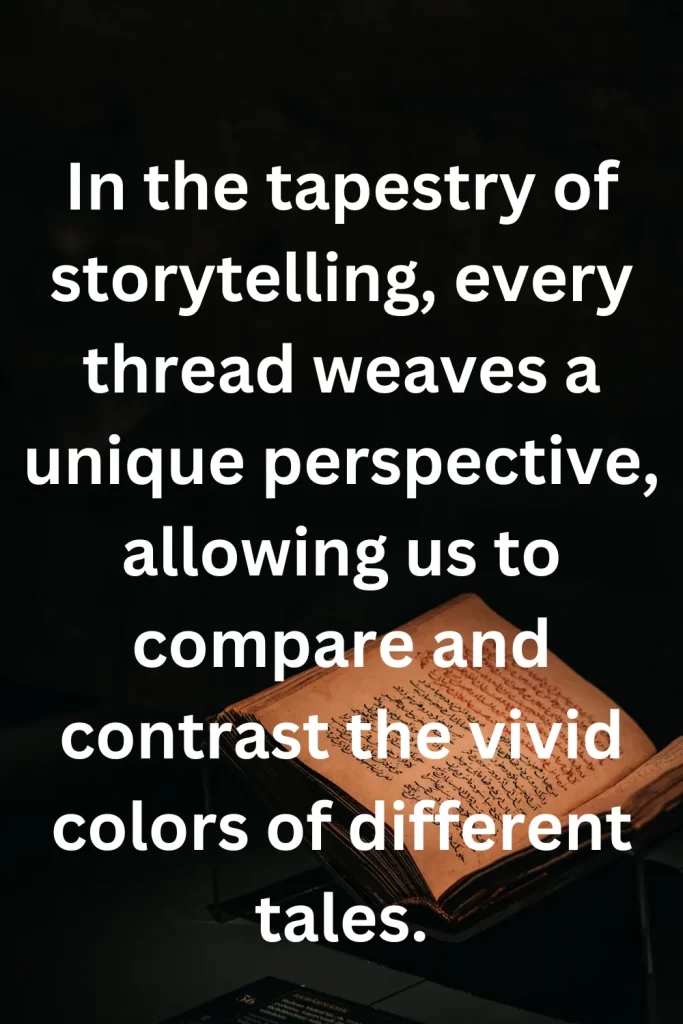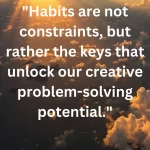Compare and Contrast a Story. Uncover similarities and differences in our captivating comparison.
Table of Contents
Have you ever wondered how two seemingly similar stories can have completely different outcomes?
In literature, it is fascinating to compare and contrast different narratives, exploring the various choices made by authors and the impact they have on the overall story.
By examining these similarities and differences, we gain a deeper understanding of the complexities of storytelling and the power it holds over our imaginations.
Join me as we embark on a journey to compare and contrast two captivating tales that will leave you questioning everything you thought you knew about storytelling.
Setting the stage for comparison and contrast
Setting the stage for comparison and contrast is like building a foundation for a house. It provides a solid base upon which the rest of the analysis can be built.
By carefully establishing the context, the reader gains a better understanding of what will be compared and contrasted, making the subsequent analysis more meaningful.
One way to set the stage is by highlighting key elements that will be discussed in the comparison and contrast.
This could include identifying common themes, motifs, or symbols present in both stories.
By showcasing these shared elements, readers are prepared to delve deeper into how they are portrayed differently in each story.
Another effective way to set the stage is by providing background information about each story.
This could involve discussing their respective authors or historical contexts. Understanding these details allows readers to appreciate how different backgrounds may have influenced each story’s development and subsequently shaped their contrasting characteristics.
By setting the stage with careful attention to detail and background information, readers are primed for an engaging comparison and contrast analysis.
The foundation has been laid; now it’s time to dig deeper into how these stories differ on specific elements while also uncovering unexpected similarities along the way.
Summary of Story 1:
Brief overview of the first story
The first story, titled The Lost City, takes place in a post-apocalyptic world where civilization as we know it has crumbled.
The protagonist, Sarah, is on a mission to find the mythical city that is said to hold the key to rebuilding society. Along her journey, she encounters various obstacles and meets different characters who either help or hinder her progress.
One of the most intriguing aspects of this story is its vivid and desolate setting.
The author’s descriptions transport readers into a world devoid of life and hope, painting a haunting picture of what could be our future if we’re not careful.
Additionally, Sarah’s determination and resourcefulness make her an admirable and relatable protagonist. Despite facing countless dangers, she remains unwavering in her quest to find the lost city.
Overall, The Lost City presents an engaging and thought-provoking narrative that explores themes of survival, human resilience, and the consequences of our actions.
It keeps readers on their toes with unexpected twists and turns while also urging them to reflect on the fragile state of our own world.
This story sets up a compelling foundation for further exploration in subsequent installments or comparisons with other similar tales in the genre.
Summary of Story 2:
Brief overview of the second story
The second story in this comparison explores a completely different world than the first, introducing readers to an array of captivating characters and imaginative settings.
Set in a dystopian future, the second story revolves around a young protagonist who discovers hidden powers within herself.
These abilities lead her on a thrilling journey through an underground resistance movement fighting against a tyrannical government.
While the first story focused on personal growth and introspection, this second tale is driven by action and suspense.
One notable aspect of the second story is its intricate world-building. The author vividly paints a bleak and oppressive society where hope is scarce but revolution persists.
Through well-crafted descriptions, readers are transported into this post-apocalyptic environment, where crumbling buildings juxtapose with pockets of rebel hideouts.
The attention to detail in creating such an immersive setting enhances the overall reading experience and serves as a reminder that even in dire circumstances, human resilience prevails.
Overall, while both stories offer unique perspectives on life’s complexities, the second story captures readers with its high stakes plotline set against a backdrop of oppression and rebellion.
It delves into themes like power dynamics and societal control while keeping readers thoroughly engaged through dynamic characters and stunning scenes.
This contrast between personal development versus external challenges adds depth to our understanding of storytelling techniques and highlights how authors can excel in different genres or subject matters.
Themes and Motifs:
Exploring common themes and motifs in both stories
When comparing and contrasting different stories, it is often interesting to explore the common themes and motifs that they share.
Themes are the underlying ideas or messages conveyed by the narratives, while motifs are recurring symbolic images or elements within a story.
By identifying these shared themes and motifs, we can gain a deeper understanding of the universal concepts explored in both stories.
For example, in the classic novels Pride and Prejudice by Jane Austen and Jane Eyre by Charlotte Brontë, one common theme that emerges is the struggle for independence and personal growth.
Both Elizabeth Bennet and Jane Eyre are strong-willed women navigating a society that limits their choices based on gender and social class.
They must assert themselves against societal expectations in order to find their own paths to happiness.
Another motif that can be found in both stories is the use of nature as a reflection of emotions or character development.
In Pride and Prejudice, lush landscapes serve as metaphorical representations of characters’ internal states – from Elizabeth’s walks through beautiful gardens mirroring her blossoming love for Mr. Darcy, to rain-drenched scenes symbolizing emotional turmoil.
Similarly, in Jane Eyre, natural settings like Thornfield Hall’s eerie moors mirror characters’ secrets or suppressed desires.
By exploring these common themes and motifs between stories such as Pride and Prejudice and Jane Eyre, we not only deepen our appreciation for each individual narrative but also gain insights into recurring human
Character Analysis:
Comparing and contrasting key characters in the stories
In the world of literature, character development is an essential aspect that brings stories to life.
By delving deep into the lives and personalities of key characters, authors create a connection between readers and their imaginative worlds.
When it comes to comparing and contrasting characters in different stories, we can uncover fascinating insights into how authors approach character creation.
One interesting comparison can be made between Jane Austen’s Emma Woodhouse from Emma and F. Scott Fitzgerald’s Jay Gatsby from The Great Gatsby.
Though belonging to different time periods and social classes, both characters display a remarkable sense of self-delusion.
Emma, with her matchmaking endeavors, often fails to see her own flaws while attempting to improve the lives of others. Similarly, Gatsby is driven by his extravagant displays of wealth but fails to recognize the emptiness behind his grand facade.
Another intriguing comparison can be drawn between William Shakespeare’s Othello and George Orwell’s Winston Smith from 1984.
While they come from entirely separate works separated by centuries, both characters experience betrayal that shatters their trusting natures.
Othello is manipulated by Iago into doubting his wife Desdemona’s fidelity, leading him down a dangerous path of jealousy and tragedy.
Likewise, Winston Smith finds himself engulfed in a dystopian society where he begins questioning Big Brother’s oppressive regime after falling in love with Julia.
By leveraging these comparisons across differing stories, we gain a greater understanding of human nature as explored through literature throughout history. Whether it be

Quotes
“In a world of contrasting characters, it is the similarities that truly captivate our hearts.”
“Comparisons may highlight differences, but contrasts allow us to appreciate the unique beauty in each character.”
“When we compare characters, we unravel the intricate web of humanity’s diverse emotions and experiences.”
“Just as no two stories are the same, no two characters can be fully compared or contrasted – for their essence lies in their individuality.”
Plot Structure:
Examining similarities and differences in the plot structure
When it comes to examining plot structure, stories often follow a similar trajectory, with an introduction, rising action, climax, falling action, and resolution.
However, the way in which these elements are presented can vary greatly and result in vastly different reading experiences.
One aspect that distinguishes plot structures is the pacing of the story. Some plots may have a slow buildup of tension and suspense, gradually drawing readers deeper into the story until its climax hits them like a thunderclap.
Others may employ a fast-paced narrative that keeps readers on the edge of their seats from beginning to end. The choice in pacing has a significant impact on how readers engage with the plot.
Another key difference lies in how conflicts are resolved. While some stories opt for neatly tied-up loose ends and happy resolutions for all characters involved, others embrace ambiguity and offer open-ended conclusions that leave room for interpretation.
These types of narratives challenge readers to consider various possibilities beyond what is explicitly stated or depicted.
In conclusion, while many stories share similar plot structures at their core, it is fascinating to examine how variations in pacing and resolution can create unique reading experiences.
These differences add depth to our understanding of storytelling techniques and enhance our appreciation for diverse narratives.
Writing Style:
Analyzing the writing styles employed by both authors
When analyzing the writing styles employed by both authors, it becomes evident that they each have distinctive approaches.
Author A’s writing style is highly descriptive and poetic, with a focus on creating vivid scenes and employing rich metaphors.
The prose flows seamlessly, captivating the reader with its lyrical quality. In contrast, Author B’s writing style is more concise and direct.
Their sentences are shorter and to the point, with a keen attention to detail but without unnecessary embellishment.
While Author A’s style may appeal to those who enjoy immersive storytelling and appreciate visual beauty in language, Author B’s style caters to readers who prefer straightforward narratives that cut to the chase.
Despite these differences in approach, both authors excel at capturing their readers’ attention through their distinct writing styles.
It is refreshing to witness how two writers can convey their ideas and engage an audience using such different techniques – one relying on eloquence and evocative imagery, while the other embraces brevity for impact.
In conclusion, analyzing the writing styles employed by both authors not only reveals their individual strengths but also showcases the diversity within literary expression.
Whether one favors elaborate descriptions or concise clarity, there is something for everyone in these contrasting approaches.
Exploring different writing styles adds depth and variety to our reading experiences – an invitation to immerse ourselves in stories crafted with unique perspectives through exceptional written artistry.

Quotes
“The beauty of literature lies in the diverse writing styles that each author brings to the table, like a symphony of words.”
“Unraveling the unique tapestry of an author’s writing style is akin to deciphering a secret code that unlocks their creative soul.”
“In the vast realm of storytelling, analyzing the distinct writing styles of two authors is like comparing two vibrant paintings on the canvas of imagination.”
“Every sentence crafted by an author is a brushstroke in their artistic masterpiece, and understanding their writing style unveils the true essence of their literary genius.”
Conclusion:
Summarizing the findings and highlighting key takeaways
In conclusion, after thoroughly comparing and contrasting these two stories, several key findings have emerged. First and foremost, both stories exhibit a strong emphasis on the theme of redemption.
Whether it is the protagonist seeking forgiveness for past mistakes or striving to make amends for their actions, the journey towards redemption lies at the heart of both narratives.
Additionally, another intriguing similarity between these stories is the exploration of human nature and its complex facets.
In both cases, the authors delve into the depths of characters’ desires, motivations, and inner conflicts.
This allows readers to witness firsthand how our innate instincts can shape our destinies and influence our choices.
Moreover, one striking difference between these tales is their narrative structure.
While Story A adopts a linear chronology that unfolds in sequential order, Story B employs a non-linear approach with flashbacks and fragmented storytelling.
This variation in structure provides readers with contrasting perspectives on time and how events unfold within a narrative.
Ultimately, comparing and contrasting these stories has shed light on various thematic elements as well as stark differences in storytelling techniques employed by their respective authors.
These findings offer us valuable insights into humanity’s yearning for redemption while also highlighting the importance of narrative structure in shaping our reading experience.
FAQs
1. What is the purpose of comparing and contrasting a story?
Comparing and contrasting a story helps readers understand its unique elements, identify similarities and differences, and gain deeper insights into its themes, characters, or plot.
2. How can I effectively compare and contrast two stories?
To effectively compare and contrast two stories, start by identifying their key elements such as setting, characters, plot structure, themes, or writing style. Analyze these elements side by side to highlight similarities and differences between the two narratives.
3. Can I compare and contrast stories from different genres or time periods?
Absolutely! Comparing and contrasting stories from different genres or time periods can provide interesting perspectives on how storytelling has evolved over time or how different genres approach similar themes.
4. What are some common techniques used to compare and contrast stories?
Some common techniques for comparing and contrasting stories include creating Venn diagrams or tables to visually map out similarities and differences, using specific examples from each story to illustrate points of comparison, or analyzing the impact of different narrative choices on the overall story.
5. Is it necessary to read both stories in their entirety before comparing them?
While it’s ideal to read both stories in their entirety to fully grasp their nuances, you can still make meaningful comparisons by focusing on specific sections or chapters that capture essential elements of each story.
6. How can comparing and contrasting stories enhance my analytical skills?
Comparing and contrasting stories sharpens your ability to critically analyze literary works by examining various aspects such as character development, symbolism, themes, narrative structure, or authorial intent. This develops your skills in recognizing patterns, drawing connections, and making informed judgments about literature.
7. Are there any online resources available for comparing and contrasting stories?
Yes! Numerous websites offer guides on how to compare and contrast different texts. Additionally, online forums or book clubs provide opportunities for discussions with fellow readers who may have valuable insights on specific stories.
8. Can comparing and contrasting stories be useful in academic or professional settings?
Absolutely! The ability to compare and contrast stories is a valuable skill in many fields, including literature, film studies, history, sociology, psychology, and even business. It fosters critical thinking, improves communication skills, and aids in making connections across different bodies of work.
Pros and Cons of Compare and Contrast a Story
Pros:
1. Enhances critical thinking skills by analyzing and evaluating different aspects of the story.
2. Helps in deeper understanding of characters, plot, and themes.
3. Encourages active reading by focusing on similarities and differences.
4. Provides a comprehensive view of different perspectives within the story.
5. Develops literature appreciation and fosters a sense of literary analysis.
Cons:
1. Can be time-consuming, especially when dealing with lengthy stories or multiple comparisons.
2. May lead to oversimplification if not done carefully, overlooking nuanced details.
3. Requires strong familiarity with both stories, which can be challenging for readers new to the texts.
4. Can result in subjective interpretations that may vary from reader to reader.
5. May distract from enjoying the individual story as readers constantly focus on comparing instead of immersing themselves in each narrative independently.

Quotes of Compare and Contrast a Story
“In the tapestry of storytelling, every thread weaves a unique perspective, allowing us to compare and contrast the vivid colors of different tales.”
“Like twin stars in the night sky, contrasting stories illuminate each other’s shadows, revealing hidden truths and undiscovered wonders.”
“Comparing two stories is like savoring two distinct flavors; it awakens our taste for diversity and enriches our literary palate.”
“In the vast realm of narratives, comparing and contrasting stories is an alchemical process that turns words into gold, expanding our understanding and appreciation for the art of storytelling.”










